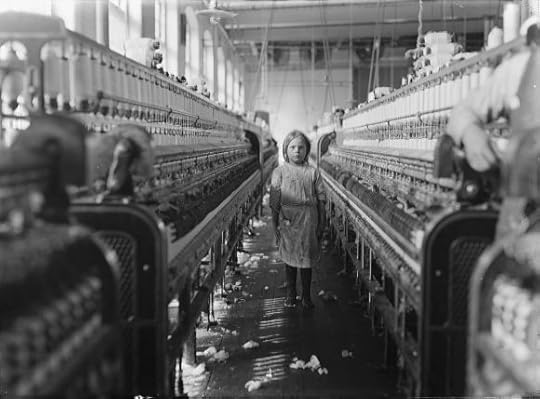Has Photography Lost Its Power To Shock?

Taking in an exhibit of early photojournalism, Joseph Neighbor wonders if any photographer today could move viewers the way Lewis Wickes Hine did:
The naked optimism of Hine’s photographs is moving. The subtext of a picture of a child missing an arm is that it was worth taking, and that somebody would see it and be incited to action. Hine’s photographs contain a tacit faith that reform is possible, that good can come of bad. At this moment there are more pictures being taken, more videos being filmed, more words being written than at any point in history. Many of them document the suffering endured by child laborers across the world, children who make our sneakers and gadgets. But this quantity of evidence has not generated a significant public outcry, as in Hine’s day, perhaps because modern viewers are inundated with images of suffering and injustice from all over, from all throughout time. Endless exposure to barbarity and agony inures us to a photograph’s emotional impact. It is difficult, and perhaps becoming more difficult every day, to find a place in the heart for genuine surprise, horror, or indignation.
(Lewis Hine’s A Little Spinner in the Mollahan Mills, Newberry, S.C., 1908)



Andrew Sullivan's Blog
- Andrew Sullivan's profile
- 154 followers



